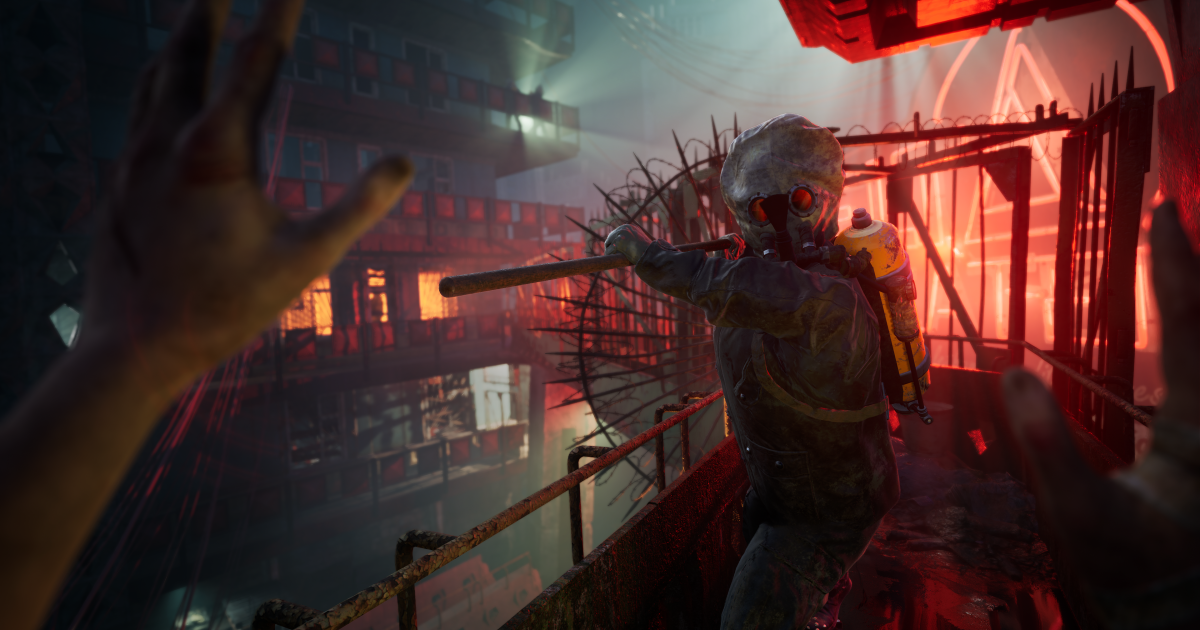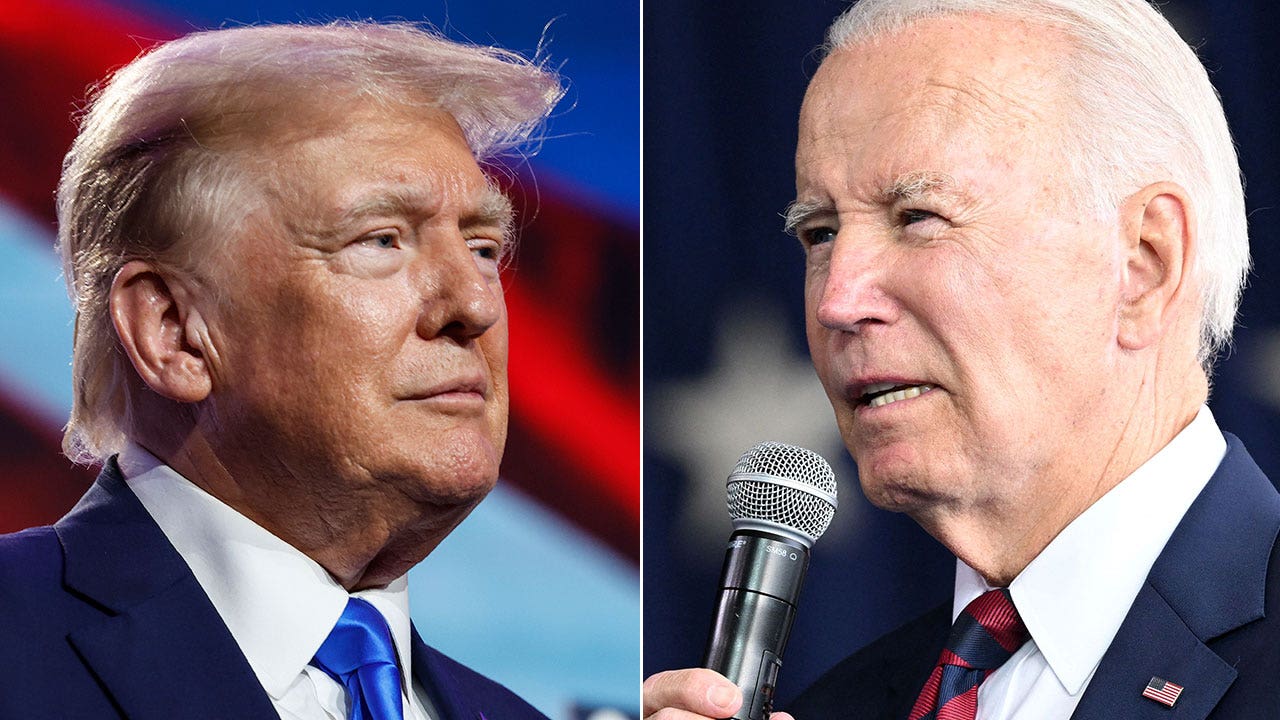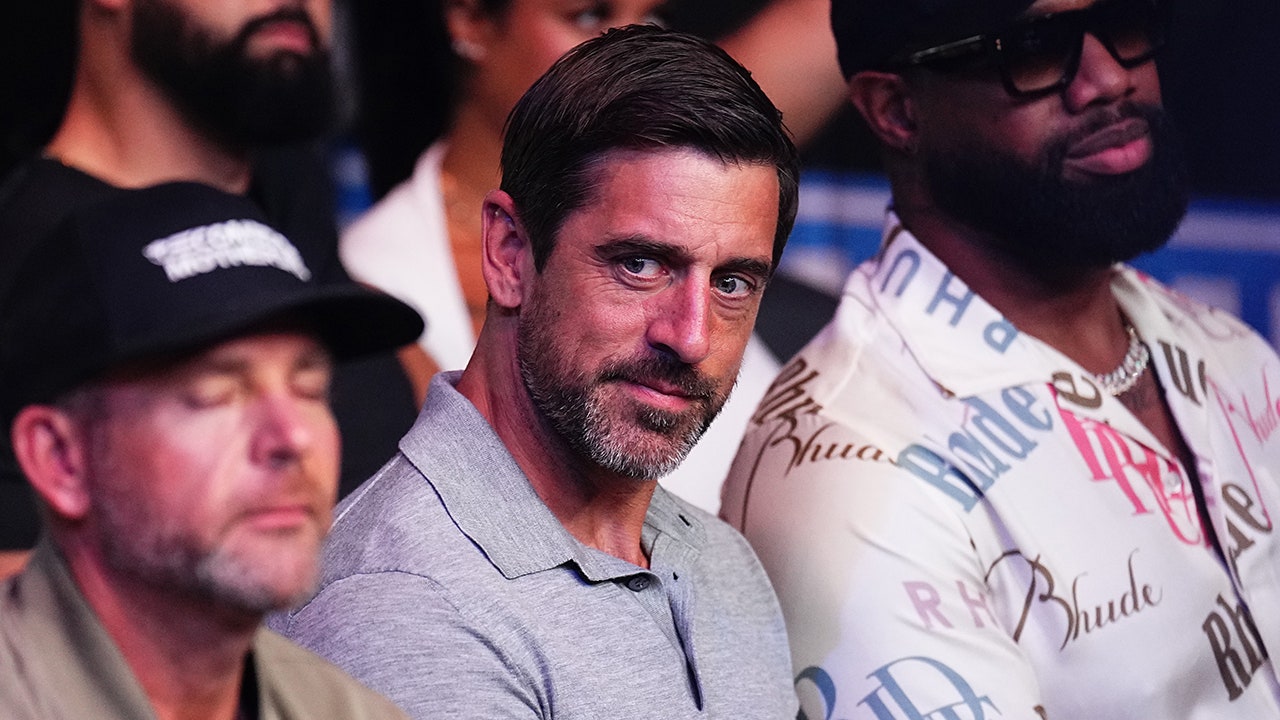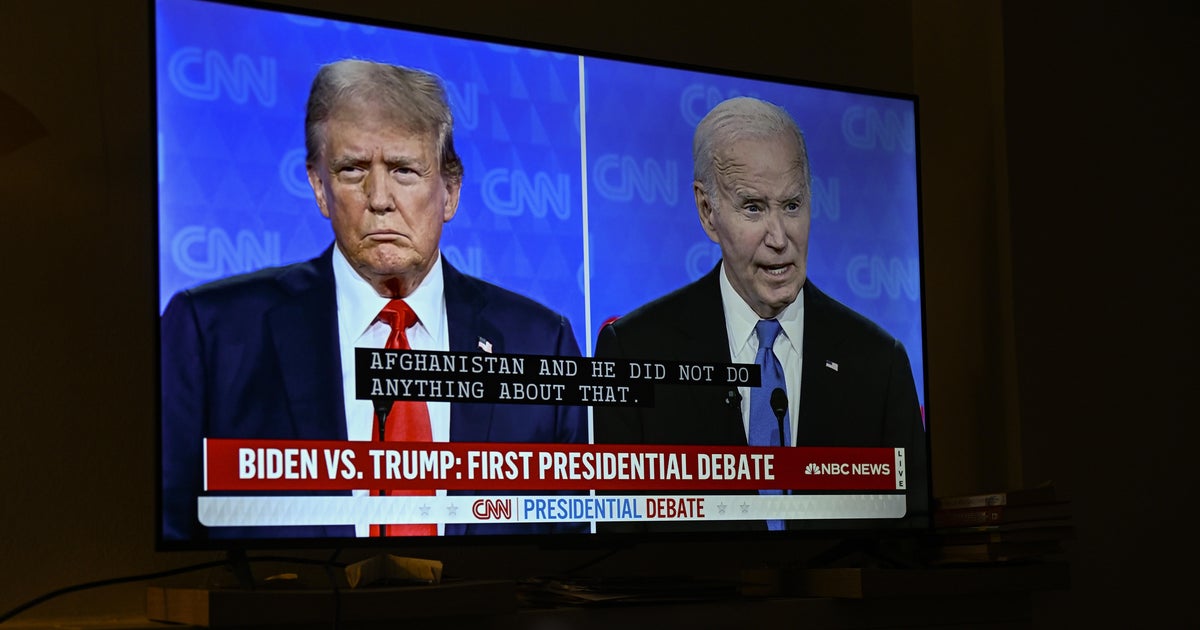Entertainment
Princess Diana's iconic gowns, letters sell for $1.5 million-plus at Beverly Hills auction

Twenty-six years after the death of Princess Diana, her spirit — and style — are as influential as ever.
That much was proved true Thursday at the Peninsula Beverly Hills hotel, where Julien’s Auctions sold more than 50 of the philanthropist’s personal items, ranging from glittering gowns and heels to handwritten notes discussing her young children. It was the largest collection of the princess’ clothing for sale since an auction for charity she held herself at Christie’s in 1997. Auction items fetched more than $1.5 million.
The collection sold Thursday, “Princess Diana’s Elegance & A Royal Collection,” was so extravagant that it went on its own royal world tour, making stops in Hong Kong, New York and Ireland before the items found new owners in Beverly Hills.
“The Princess Diana exhibition and auction are not only a celebration of her enduring legacy but also a testament to the power of fashion, art, and personal objects to evoke emotions, spark memories, and connect people across generations,” Julien’s wrote on its website. A portion of the proceeds benefited Muscular Dystrophy U.K., a charity Diana was involved with.
The highlights were undoubtedly the gowns — in particular, a 1987 Victor Edelstein magenta silk and lace evening dress that sold for a jaw-dropping $910,000, making it the second most-expensive piece of the princess’ wardrobe ever sold. Diana wore the gown twice in 1987, first on Jan. 25 in London and then Nov. 6 in Hamburg, Germany.
The second showstopper was a Murray Arbeid gown made of cascading blue tulle accented by glittering stars. It was reportedly one of Diana’s favorites, and she wore it repeatedly — including at the world premiere of “The Phantom of the Opera” in London on Oct. 9, 1986, a dinner for King Constantine of Greece on July 6, 1986, and later a ballet on Dec. 17, 1987. The dress was valued at $200,000 to $400,000, but bids soared to $780,000.
Also available were several of Diana’s personal notes, cards, photographs and letters, one of which discussed her being pregnant with Prince Harry. The three-page letter sold for the highest amount in the category, going for more than $44,000.
The public’s enduring obsession with the princess has been revived in full force in recent years, with popular shows such as Netflix’s “The Crown” and the film “Spencer,” starring Kristen Stewart, exploring Diana’s upbringing, chaotic marriage to now-King Charles III, prolific philanthropic work and tragic death at 36.
As the current royal family struggles through controversies — King Charles’ “serial killer” portrait, Princess Kate’s bungled announcement that she was stepping away from royal duties for cancer treatment, and revelations surrounding Prince Andrew’s unsavory acquaintances — love for Lady Di seems to endure.

Entertainment
Blumhouse's latest strategy to scare the hell out of you: video games

Over the last 15 years, Blumhouse has built a reputation for success by producing low-cost, original indie horror films. Now, the studio best known for such movies as the “Paranormal Activity” franchise and “M3gan” is looking to do the same in video games.
The Los Angeles-based film and TV production company recently announced its first slate of games, starting with an homage to ’90s teen horror films called “Fear the Spotlight,” a third-person, puzzle-solving adventure that’s expected to come out in the fall on desktop and consoles.
The studio saw an especially relevant opportunity — not only was the games industry growing, particularly among young people, but Blumhouse’s own fans frequently identified as gamers, Blumhouse President Abhijay Prakash said in an interview.
“I don’t think you can be in the entertainment space and not notice or be aware of gaming,” Prakash said. “The market is growing globally and diversifying its audience, it’s super relevant to the audience we’re already in touch with, and there was a business opportunity for us to do what we did in movies and apply it to games.”
Blumhouse is the latest studio entrant to the massive video game market. Megan Ellison’s indie firm, Annapurna, has a gaming division, as do brother David Ellison’s Skydance Media and J.J. Abrams’ Bad Robot. Warner Bros. Discovery’s gaming unit has long churned out big franchise titles, including last year’s Harry Potter-themed hit, “Hogwarts Legacy.”
“It’s not just potential revenue,” said Danny Bilson, director of USC Games, a joint program with the university’s engineering school. “It’s culture. It’s fishing where the fish are.”
Gaming is big business. More than 190 million Americans play video games at least once a week. U.S. consumer games spending last year totaled $57.2 billion, according to the Entertainment Software Assn., an industry trade group.
Globally, revenue last year from the games industry was estimated at $183.9 billion, a slight increase compared with 2022, according to a report updated in May by Amsterdam-based gaming research firm Newzoo.
Moreover, the amount of time people spend gaming — and importantly, how much money they spend — has remained resilient through recessions. (The industry, however, has recently experienced a pullback after a pandemic-fueled boom in hiring and production, resulting in thousands of layoffs.)
“Gaming continues to be a much more interactive and exciting way to enjoy entertainment,” said Josh Chapman, co-founder and managing partner at Konvoy Ventures, a Denver-based venture capital firm that focuses on gaming investments. “It’s no surprise that Hollywood studios are looking to games as additional revenue. … It’s a way to get their IP [intellectual property] in front of a new fan base.”
The pipeline also has run the opposite direction, sometimes to great success. Postapocalyptic video game franchise “The Last of Us” spawned the wildly popular HBO series of the same name, starring Pedro Pascal. Bethesda’s “Fallout” games became the basis of a show for Amazon’s Prime Video.
Blumhouse executives began thinking about expanding into games about three years ago. Chief Financial Officer Josh Small, who previously helped Annapurna get into gaming, was a key driver of those discussions, Prakash said.
The company hired veteran video game producer Zach Wood and former PlayStation executive Don Sechler to run the gaming division, which launched last year.
Games can be expensive to produce. But as with its low-budget horror films, Blumhouse is taking what executives describe as a “lean and mean” approach to the sector. The division is targeting indie-level budgets, mostly under $5 million per title.
Blumhouse Games, which has a handful of employees, serves as a publisher, partnering with indie developers to finance and make the games, then taking the final product to platforms like online gaming marketplace Steam, as well as Xbox, PlayStation and Switch, where consumers can pay per game.
So far, the games slate has hewed closely to the horror content of Blumhouse’s roots.
“Fear the Spotlight,” developed by L.A.-based Cozy Game Pals, centers on two teen girls who venture into an abandoned school to conduct a seance, an undertaking that inevitably goes wrong. “Crisol: Theater of Idols,” from Madrid-based developer Vermila Studios, combines religion with horror and requires the player to use their avatar’s own blood as ammunition. The slate will include a mix of desktop and console games, as well as mobile games.
Perhaps surprisingly, one thing the current slate doesn’t include is any game related to Blumhouse movies. That means players won’t find games that expand the universe of “The Purge” or allow them to dance with M3gan. The current separation between the games and Blumhouse studio stories was intentional, said Wood, who serves as president of Blumhouse Games.
“It’s a games-first approach,” he said. Though the team knew fans would expect to see games based on Blumhouse‘s films, they wanted to focus first on originals, “similar to how Jason [Blum] built the film business,” he said.
Wood added that Blumhouse Games doesn’t evaluate pitches from developers with an eye toward film or TV partnerships. Though the games subsidiary does talk with the studio side — and the door is open to future collaborations — the focus is on “building trust with fans” to expect creative, unique horror games, he said.
It’s a strategy similar to that of Bad Robot Games, which started as a small subsidiary and evolved into a larger game developer and publisher. Bad Robot Games now focuses on a mix of existing intellectual property and new stories, Chief Executive Anna Sweet said in a statement.
“Gameplay always comes first,” she said. “Once we find the fun, we then look at how we can build a world and story that complements it.”
Developing games based on existing movies is often a way for studios to expand a film’s popularity and increase longevity — and monetization — among fans. Netflix has expanded its mobile-only game offerings with new titles based on its hit reality shows, such as “Too Hot to Handle,” to reduce subscriber churn and increase the time viewers spend on its service. But betting on existing movies doesn’t always work.
Warner Bros. Discovery took a $200-million hit to its profit in the first fiscal quarter this year due to poor sales of its game “Suicide Squad: Kill the Justice League.” (Company Chief Executive David Zaslav called the release “disappointing” in a May call with financial analysts.)
Walt Disney Co., too, has had its ups and downs with games. After years of struggling as a game developer and publisher, the company adopted a licensing model in 2016 that allowed it to work with outside entities to make games based on Disney characters and stories.
In February, Disney leaned harder into that strategy by announcing a $1.5-billion deal with “Fortnite” developer Epic Games for a minority stake in the company and the creation of a “games and entertainment universe” involving Disney brands.
“The best media companies in Hollywood will figure out gaming as a tool,” said Konvoy’s Chapman. “If they launch into games, opening weekend remains important but less important. It’s more about, how do you monetize this over time?”
Movie Reviews
When movie ratings make absolutely no sense

We need to talk about the critic reviews for The Acolyte. Critics and audiences have been at war for years.
Audiences usually accuse critics of being either out of touch or biased because they tend to downplay the quality of popular movies and shows. On the other hand, critics have a reputation for assigning ridiculously high scores to content audiences could not care less about.
I usually defend the critics even though I rarely agree with their opinions because audiences have a ridiculously warped perception where this topic is concerned. First of all, audience and critic scores are not quite as divergent as online conversations suggest.
Check Rotten Tomatoes. You might be surprised to learn that most shows and films have similar audience and critic ratings. Generally speaking, audiences and critics like the same things. Those significant differences people obsess over only emerge in rare instances.
Unfortunately, those are the cases audiences highlight because they concern highly publicized films and shows. But even if those differences were more common than the evidence suggests, you can’t accuse critics of being ‘out of touch with the public’ because they are not paid to be ‘in touch’ with anyone.
Are some critics biased? Definitely, but they are the minority. That said, the divide between critic and audience scores for The Acolyte is astounding. Right now, the show has a critic rating of 85 percent and an audience score of 14 percent on Rotten Tomatoes. Naturally, some people blame the abysmal audience score on review bombing.
That term refers to a situation where large groups of people assign a negative score to a movie or show without watching it because they want to make a point. You can’t dismiss the review bombing allegations because a rabid section of the Star Wars fanbase continues to express its desire to destroy The Acolyte’s reputation online because of the social and political messages it peddles.
But even if you eliminated the trolls, the show’s audience score would most likely peak at 30 percent. In that regard, I would expect the critic rating to settle in the 60s, showing that critics are not blind to The Acolyte’s weaknesses, but they also appreciate subtle strengths such as the acting and production values.
An 85 percent rating is pure madness. It says that critics absolutely love a productthat audiences completely despise, and that does not make sense. You expect to see that sort of discrepancy with artsy indie projects that critics typically swoon over, not big-budget shows that are explicitly designed to appeal to mainstream audiences.
Before you argue that Rotten Tomatoes does not accurately reflect the critical response to this show, no one cared about The Acolyte. In fact, viewers initially rejected the show because of the lackluster trailers.
Remember Episode 3 from a week ago? Diehard Star Wars fans nearly rioted because it supposedly broke Star Wars canon by hinting at Mae and Osha’s immaculate conception. Casual fans like me don’t care about Star Wars canon. We thought the episode was boring.
And critics? They had early access to the episode and praised it as one of the most mind- blowing 35 minutes of Star Wars they had ever seen. Clearly, something is amiss. It is almost like audiences and critics are watching two different shows. I can’t help but wonder whether the online conspiracies are correct and Hollywood critics are only impressed by The Acolyte because of the diverse cast.
If you argued that the presence of minority characters (black female leads, Asian Jedi, lesbian witches, etc) was actively swaying their opinions, I would have a difficult time disputing your claim.
I agree that art is subjective and some viewers have genuinely enjoyed The Acolyte thus far; however, the drastic difference in audience and critic scores shows that Disney (and Lucasfilm) took a wrong turn somewhere.
katmic200@gmail.com
Entertainment
Appreciation: Comedian, actor, musician and painter Martin Mull mastered the art of always being right for the job

For anyone lucky enough to have experienced the long arc of his career, the death of droll, dry, deadpan Martin Mull, Thursday at 80, feels like the end of an era. A writer, songwriter, musician, comedian, comic actor and, out of the spotlight, a serious painter, Mull was a comfortingly disquieting presence — deceptively normal, even bland, but with a spark of evil. Martin Mull is with us, one felt, and that much at least is right with the world.
There was a sort of timelessness in his person. As a well-dressed, articulate young person, he seemed older than his years; later on, owl-eyed behind his spectacles, he came across as oddly boyish.
He leaves behind a long, uninterrupted string of screen credits, beginning with Norman Lear’s small-town soap opera satire “Mary Hartman, Mary Hartman.” Following that were regular roles in “Roseanne,” “Sabrina the Teenage Witch,” “Veep” and “Arrested Development”; guest shots including “Taxi” and “Law & Order: Special Victims Unit”; and work in such films as “Mr. Mom,” “Clue” and “Mrs. Doubtfire.”
And so it seemed he would always be around, and working. Even so, his appearances were never quite expected, or in the expected place. But he was ever welcome, and always right for the job.
Like Steve Martin, his friend and junior by two years, he was an accomplished instrumentalist. As a purveyor of witty comic songs, Mull was in the tradition of Tom Lehrer and Flanders and Swann and a peer of Dan Hicks, with whom he shared a taste in floral-print shirts. He was a countercultural cabaret artist who set himself apart from the counterculture. Again like Martin, he dressed well in an age when younger comics let their hair grow long and wore street clothes to distinguish themselves from their suit-and-tie elders.
But where Martin was a flurry of flapping arms and legs, Mull worked from a place of stillness. His musical stage act, Martin Mull & His Fabulous Furniture, found him in his signature prop, a big armchair, leaning forward over his big, hollow-body guitar.
“Ever seen one of these before? It’s electric. You’ll be seeing a lot of those in the near future,” he said.
Later, he leaned back as Barth Gimble, the host of the talk show parodies “Fernwood 2 Night” and “America 2 Night.” Even his solo spots on “The Tonight Show” — on which he was a hilarious, blue-streak-talking guest, usually playing off his career in show business — were delivered sitting.
On “Mary Hartman, Mary Hartman,” Mull played Garth Gimble, an abusive husband who died impaled on the star of a Christmas tree. One would say that Garth had to die in order that Barth, his twin brother, might live. On the spun-off “Fernwood 2 Night,” Mull and Fred Willard, as confidently dim sidekick Jerry Hubbard, created a telepathic double act in which they could seem antithetical expressions of a single character.
Together, the talk shows lasted only two summer seasons; but due to their weeknight appearances, they produced 130 episodes, giving them cultural weight. (You may find them extracted all over the internet.) Mull and Willard would work together again over the years, in the Cinemax series “The History of White People in America” and the follow-up feature “Portrait of a White Marriage,” in commercials for Red Roof Inn, as a gay couple on “Roseanne” and as robots on “Dexter’s Laboratory.”
Martin Mull, left, with fellow comedian Steve Martin in Santa Monica in 2014.
(Ryan Miller / Invision)
Mull grew up in North Ridgeville, Ohio, not far from Fernwood in the map of the imagination, and white insularity was a theme in his comedy. My first Mull memory came with the 1973 album “Martin Mull & His Fabulous Furniture in Your Living Room,” which opened with a version of “Dueling Banjos” played on tubas. The record included a “Lake Erie delta” blues song, purportedly learned from his real estate agent grandfather. It was performed on a ukulele with a baby bottle used as a slide: “I woke up this afternoon / Both cars were gone / I felt so low down deep inside / I threw my drink across the lawn.”
“The History of White People in America,” he told David Letterman, would examine “what, if anything, has the white Anglo-Saxon Protestant done in this country since World War I. It’ll be taking a pretty good hard look at that.”
A memorable episode of “Fernwood” exhibits a Jewish person stopped for speeding as he passed through town as something of an exotic animal, for the benefit of Fernwoodians who may have “actually never seen a real live Jew before.”
“I hope that seat’s all right,” Barth says, welcoming his guest. “ I’m not sure what you’re used to.”
Like many great comedians — the Marx Brothers and W.C. Fields before him, or Albert Brooks in his own time — Mull was a temperamental outsider who achieved the success of an insider, while remaining essentially untamed. It’s not beside the point that he was, from first to last, a serious artist. He held undergraduate and graduate degrees from the Rhode Island School of Design — where, it does not seem too coincidental to mention, the Talking Heads were born. He would refer to show business as a “day job” that allowed him to pursue painting.
We were lucky he needed the work.
-

 News1 week ago
News1 week agoTracking a Single Day at the National Domestic Violence Hotline
-

 Fitness1 week ago
Fitness1 week agoWhat's the Least Amount of Exercise I Can Get Away With?
-

 News1 week ago
News1 week agoSupreme Court upholds law barring domestic abusers from owning guns in major Second Amendment ruling | CNN Politics
-

 World6 days ago
World6 days agoIsrael accepts bilateral meeting with EU, but with conditions
-

 Politics1 week ago
Politics1 week agoTrump classified docs judge to weigh alleged 'unlawful' appointment of Special Counsel Jack Smith
-

 Politics1 week ago
Politics1 week agoSupreme Court upholds federal gun ban for those under domestic violence restraining orders
-

 World1 week ago
World1 week agoNew Caledonia independence activists sent to France for detention
-

 World1 week ago
World1 week agoIs Israel’s Smotrich fulfilling his dream of annexing the West Bank?
/cdn.vox-cdn.com/uploads/chorus_asset/file/25508836/240120_PCP_01018.jpg)













